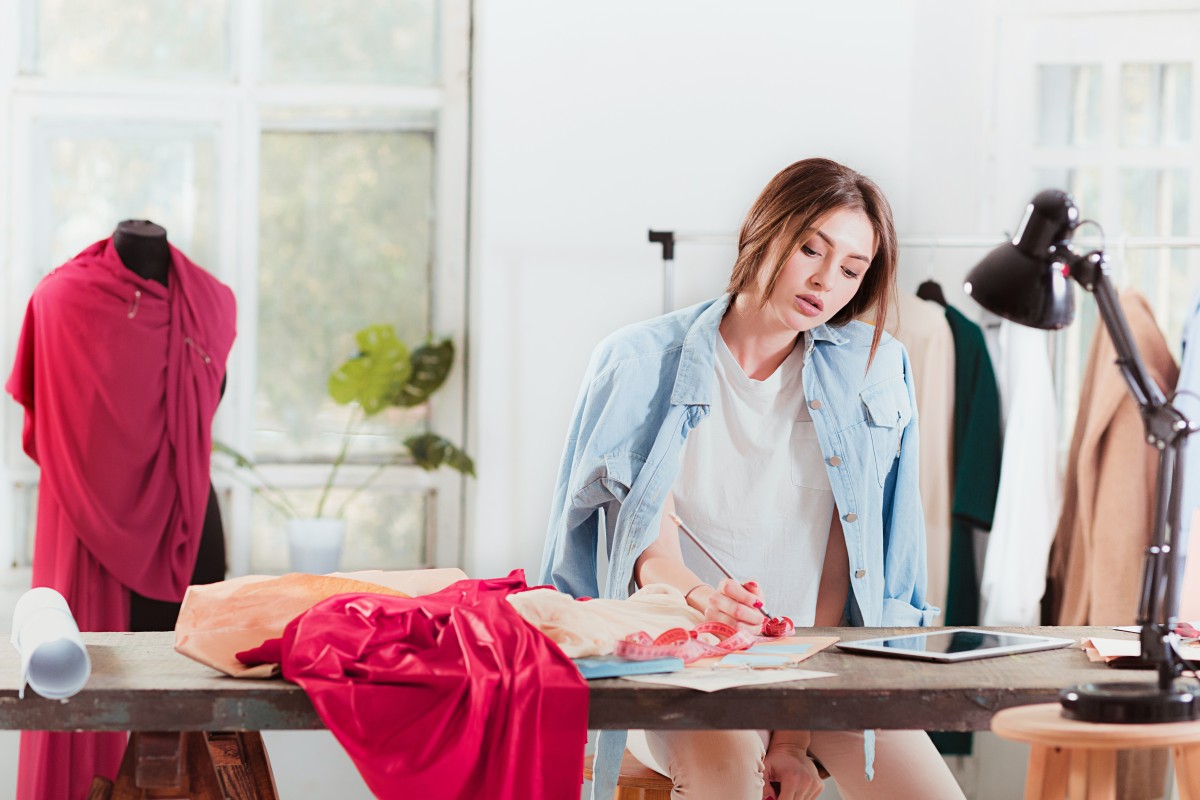Creating patterns for clothing production is a skill. The technique behind each pattern ensures that the garments are made to specification with a least margin of error. Once you’ve designed your clothing, your sketches will need to be pivoted into technical drawings before patterns are created. For those who are new to fabric patterns, many resources and professionals can assist in the process. Our training provides an easy search function to filter your essentials and find designers who can take your ideas through to the development stage.
This crucial stage in development helps to visualize the fit and determine the various size ranges of your clothing. Practically, patterns bridge the gap between creativity and production, which makes this process straightforward for both the brand and the manufacturer. Understanding the basics of pattern making provides insight into how your garments will take shape.
Pattern Making for Fashion
There are several different methods that professionals use to make retail patterns, and despite the concept created by pop culture, not all of these methods include three-dimensional dress forms. It’s increasingly popular for pattern makers to use PC or even tablets to make designs that can be used to cut and assemble real-world men’s and women’s clothes. Experience in making design patterns have delivered adapted techniques in the art of pattern making. Any technique that turns a design sketch into a real garment is valid in the world of pattern making. Designers have moved on from dull patterns to making three-dimensional patterns in the digital world. Pattern design has various forms just design elements vary from business to business. However, the basics of pattern making remain the same: This process is all about bringing a designer’s dreams to life in the real world.
Pattern Making for Fashion Designers
Most large clothing producers have one or more pattern makers on staff to take care of sewing and other pattern-related tasks. These professionals generally work in the same facility as the company’s design team, but they usually work in individual offices or offices that are shared with other pattern makers. Freelance pattern designers may work from home or have private offices. Modern technology made it possible for pattern makers, designers, and clothing manufacturers to work together without meeting each other in person. These professionals may have high-end equipment, or they may have tablets placed on different surfaces. In addition, these offices generally have at least one or two big tables, and it’s common to see pattern makers working with dress forms.
Advanced Pattern Making
Some background in sewing is a plus point if you want to be a pattern maker, and you should have an awareness of the various types of fabrics that are on the market. When you’re ready to try your hand at this profession, there are plenty of easy methods to get started online; for instance, there are several comprehensive guides or training courses that cover the basics of pattern making and make it easy to try out this skill in your living room

